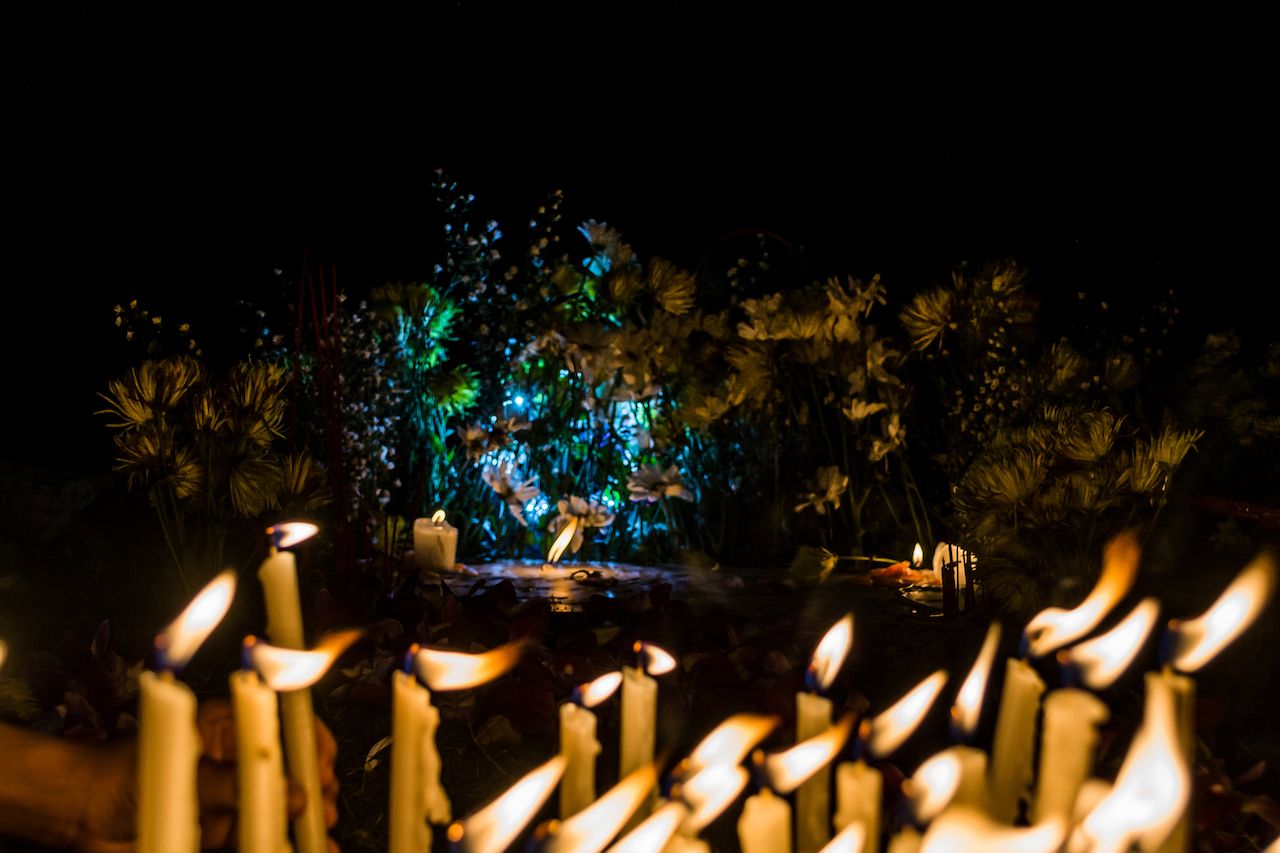Many of us have heard some version of the same Halloween origin story: the traditions in the United States, such as dressing up in costumes and going trick-or-treating, actually stem from a pagan festival called Samhain (pronounced sah-win). It was likely heard in grade school, and — content with creepy masks, demanding candy from our neighbors, and haunted houses — most people probably never bothered to explore the issue further. Yet today, Samhain traditions live on, including in the US.
The spread of Christianity squashed most pagan rituals, leaving behind just a shadow of what the original Gaelic (peoples native to Ireland and Scotland) revelers celebrated. Modern Halloween celebrations and Samhain rituals have very little in common — though both occasions call for big parties.



